
All categories
Featured selections
Trade Assurance
Buyer Central
Help Center
Get the app
Become a supplier

(830 products available)
















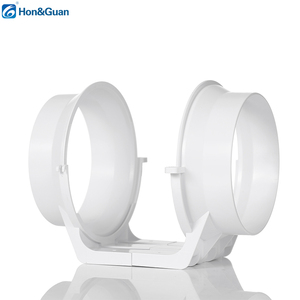
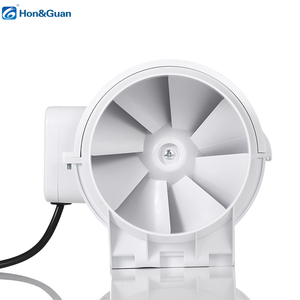














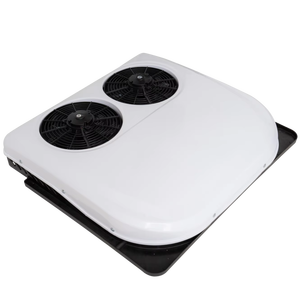
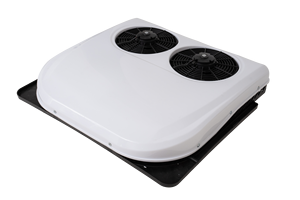


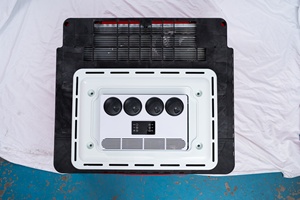













Truck fan cooling is an essential aspect of maintaining a comfortable temperature within the truck. Over the years, various types of cooling fans have been developed, each with its unique features that suit different trucks and driver preferences. Here are some standard truck cab cooling fans:
Electric Cooling Fans
These fans are electrically powered. They are known for their efficiency and effectiveness in maintaining a cool truck environment. Their primary function is to circulate air within the truck cab to ensure a steady airflow. In addition, they can be controlled manually or automatically, depending on the temperature level. They also have a temperature sensor that detects temperature changes and adjusts the fan speed accordingly. This prevents overheating and ensures optimal performance.
High-Performance Cooling Fans
As the name suggests, these fans are designed to deliver high airflow levels to cool the truck cab effectively. They are the best choice for trucks that produce a lot of heat or are used in hot climates. In addition, these fans are known for their powerful motors and large blades, which enable them to move a lot of air quickly. They also have features such as speed controllers and temperature controllers, which help to manage the airflow and noise levels.
Hybrid Cooling Fans
These fans combine both electric and belt-driven cooling fans. This combination offers flexibility and adaptability. Hybrid fans are designed to provide high performance while being energy efficient. They are suitable for various driving conditions and truck sizes. In addition, these fans have variable speed settings and energy-efficient motors, which help to reduce energy consumption.
Shrouded Cooling Fans
These fans are equipped with a shroud, a casing that surrounds the fan blades. This design helps to direct airflow and improve the cooling efficiency of the fan. As a result, more air is drawn through the radiator, which helps to maintain a lower coolant temperature. Shrouded cooling fans are ideal for heavy-duty trucks that require efficient cooling. In addition, they help to reduce noise levels, which creates a more pleasant driving environment.
Variable Speed Cooling Fans
These fans have the ability to adjust their speed according to the cooling demands. They play a crucial role in maintaining a stable temperature within the truck cab. Variable speed cooling fans help to reduce energy consumption and noise levels. They are the best choice for truck drivers who prioritize energy efficiency and a quiet working environment.
The specifications of any cooling fan for truck cab are very critical as they determine how effective it will be in providing the desired cooling effect. Here are some of the key specifications to consider:
Size and Dimension
The size of the fan is determined by the space it will occupy in the truck cab. A bigger fan will cover a larger area and provide better airflow, making it more effective.
Airflow
Airflow refers to the volume of air the fan can move in a minute. It is measured in Cubic Feet per Minute (CFM). A fan with higher airflow ratings will provide better cooling effects.
Noise Level
Fans with a higher airflow rating tend to be noisy. The noise level of the fan is measured in decibels (dB). A fan that produces low noise levels is more desirable.
Power Consumption
Cooling fans for truck cabs operate at different power levels. The power level is measured in watts. Fans that use low power are more desirable, especially in electric fans.
Material
The material of the fan blades and housing can affect durability and performance. Common materials include plastic, metal, and composite materials. Each material has its advantages and disadvantages in terms of durability, corrosion resistance, and noise level.
Number of Blades
The number of blades on a cooling fan can affect its performance and noise level. Fans with more blades tend to produce more airflow but also more noise. Conversely, fans with fewer blades produce less noise and airflow.
Speed
The speed of a cooling fan is measured in revolutions per minute (RPM). Higher RPM means the fan can move more air and provide better cooling effects. However, it also results in more noise.
Maintaining the truck cooling fan is very important, especially for a mechanical fan. This is because it can wear out easily and have a negative impact on airflow within the truck cab.
Regular Inspection
Regular inspection of the truck cab cooling fan is important to ensure it is functioning well. Look for any sign of wear or damage. If there is any damaged part, replace it immediately.
Cleaning
It is important to clean the cooling fan regularly. Dust and dirt can clog the blade, which can affect airflow. Use a soft brush or cloth to remove any dirt or dust from the fan blades and housing.
Check Electrical Connection
For electric fans, check that the electrical connection is secure and free from corrosion. Loose or corroded connections can affect the fan's performance.
Lubrication
For mechanical fans, ensure that the bearing and shaft are well lubricated according to the manufacturer's instructions. Proper lubrication can help prevent wear and tear, ensuring the fan operates smoothly.
Temperature Control
Ensure that the temperature control switch or thermostat is functioning properly. A faulty thermostat can cause the fan to run continuously or not at all, affecting temperature control in the truck cab.
Replace When Necessary
Cooling fans for trucks have a lifespan. If the fan is reaching the end of its lifespan or its performance has significantly declined, consider replacing it with a new one.
Choosing the right fan for a truck cab requires careful consideration of various factors to ensure optimal cooling performance. Here are some tips:
Replacing a cooling fan can be a simple DIY task. Here are the steps:
Q1: How is a truck cooling fan different from an ordinary fan?
A1: Truck cooling fans are designed to move a large volume of air to cool down the engine quickly. They are generally larger and more powerful than ordinary fans.
Q2: What are the benefits of a truck cab cooling fan?
A2: The cooling fan helps maintain a comfortable temperature inside the truck, which can improve focus and productivity. It also uses less energy compared to the overall cooling system of the truck.
Q3: Can a truck cab fan be used for other types of vehicles?
A3: Yes, a truck cab fan can be used in other vehicles like buses or larger SUVs. However, it might be overkill for smaller cars.